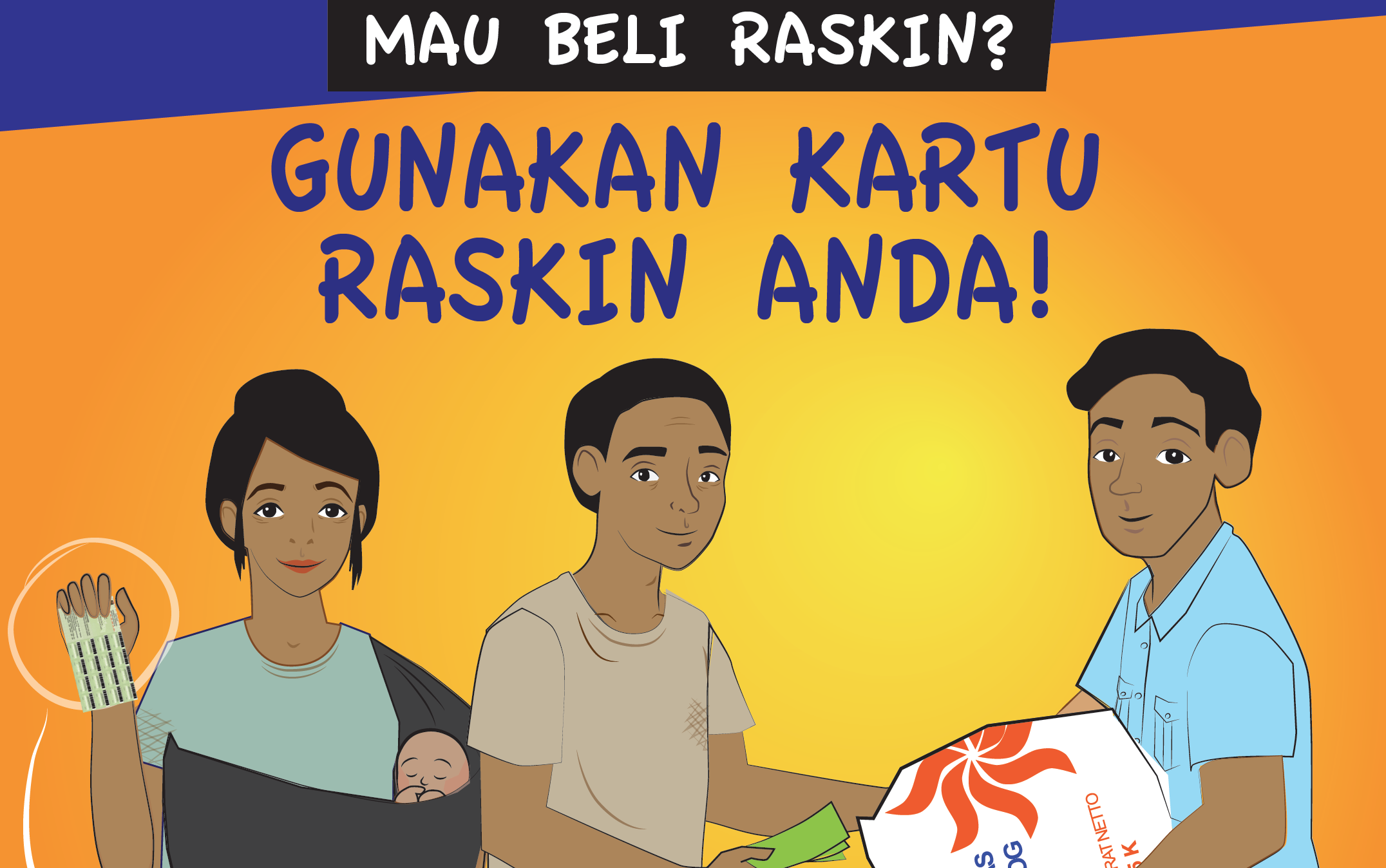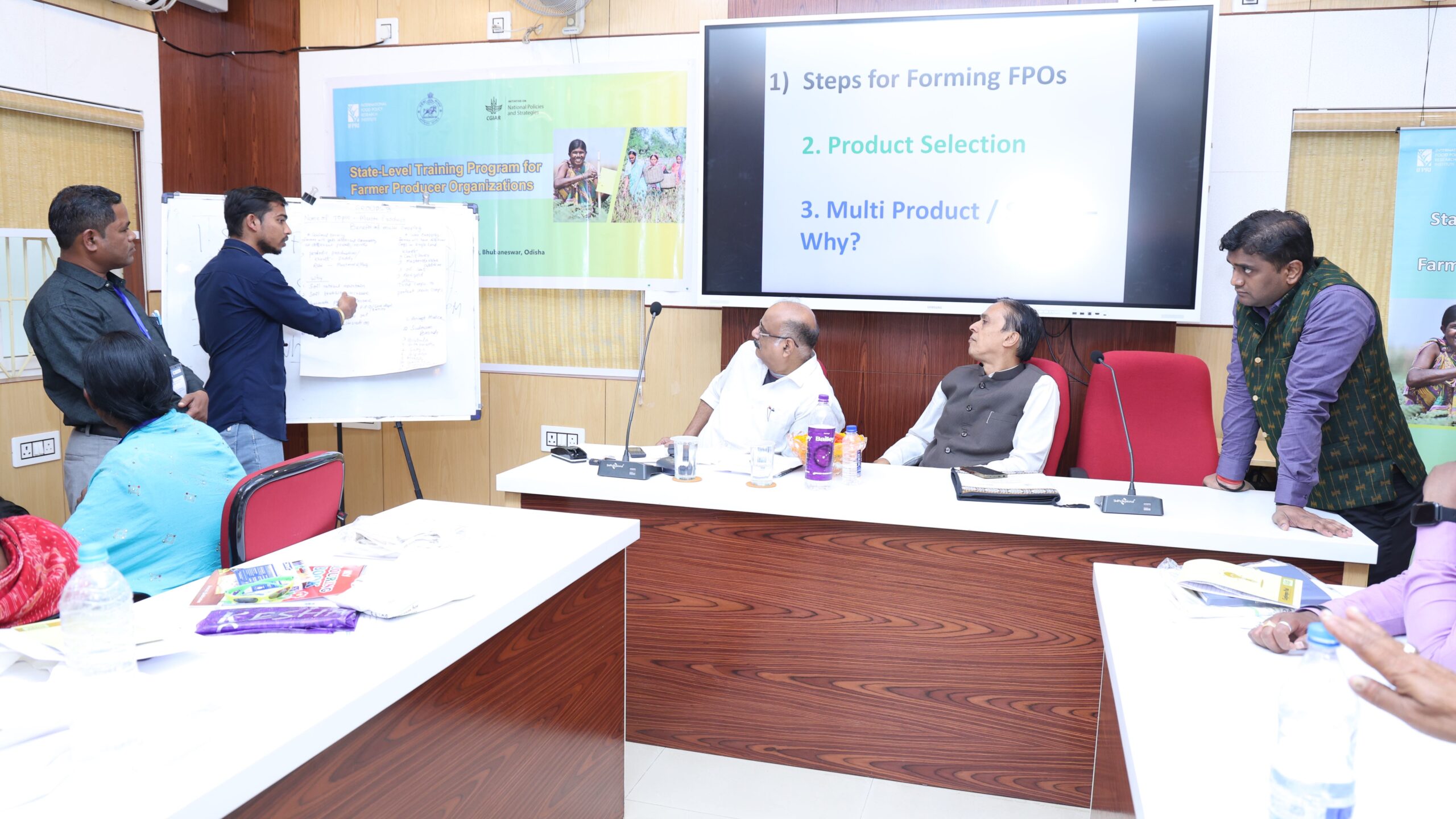Social assistance programs intended to help the poor often fail to reach the intended beneficiaries. Why these failures occur—and how to reverse them—have become core questions for development researchers and practitioners alike.
Many experts advocate providing more information to citizens about their rights as a key means of improving service delivery. However, it is not clear that this approach will actually help. For example, local leaders may simply not care about citizen complaints or lack the ability to respond to them effectively. Or, citizens may not use the information provided to demand better services. More information could even worsen public services: A rigid social assistance program could lead to conflict within communities if the eligibility process is perceived as unfair.
A new study in the Journal of Political Economy by Abhijit Banerjee, Rema Hanna, Jordan Kyle, Benjamin Olken, and Sudarno Sumarto tackles these questions in the context of Indonesia’s Raskin program (“Rice for the Poor”). Raskin is designed to provide 15 kg of heavily-subsidized rice to 17.5 million of Indonesia’s poorest households, making it Indonesia’s largest targeted transfer program. In practice, beneficiaries receive only a third of the intended subsidy.
Identification cards for better public services
Working with the Government of Indonesia, we designed a set of field experiments to provide information to Raskin’s intended beneficiaries. In 378 villages (randomly selected from among 572 villages across three provinces), the government mailed identification cards to eligible households to inform them of their eligibility and the quantity of subsidized rice that they were entitled to. We then conducted over 11,000 household surveys across 18 months to probe how this information affected the benefits that citizens received from the Raskin program.
Providing citizens with identification cards with information about program eligibility and benefits proved a simple, low-cost way to improve program benefits. On net, identification cards led to a 26 percent increase in subsidy for eligible households, stemming both from an increase in the quantity and a decrease in the copay price. This occurred despite imperfect implementation: Eligible households in treatment villages were only 30 percentage points more likely to receive an identification card relative to control.
Moreover, households not officially eligible for the Raskin program did not receive less rice, implying that the increase in program benefits for eligible households came from a reduction in program corruption rather than from a redistribution of program benefits within the village.
These effects were achieved at a cost of approximately $1 per household, with benefits for citizens exceeding the cost of the intervention by a factor of 7 in just the first 18 months of program implementation.
More information, better outcomes
Not only were identification cards effective in ensuring that more program benefits reached poor households, but every additional piece of information provided to citizens amplified the positive effects of the intervention.
Printing a single additional line of information on the identification cards—the copay price—nearly doubled the additional subsidy received by eligible households relative to the effect of providing identification cards without this information. Providing information about beneficiaries publicly—by posting the beneficiary list around the village and making an announcement over the mosque loudspeaker—also doubled the additional subsidy received by eligible households relative those who received only an identification card.
There are several potential ways that information in the hands of citizens can improve service delivery. We provide evidence supporting the idea that bargaining is one important channel through which information improved outcomes in this context. For example, printing copay price on the identification cards increased the quantity of rice that eligible households received but did not reduce the price that they paid. This is consistent with a bargaining model in which citizens and local leaders care about the total subsidy that villagers receive rather than complying with the law (i.e. charging the right price).
From research to action
This research, made possible by funding from the Australian government and the collaboration of J-PAL affiliates and the Government of Indonesia National Team for Accelerating Poverty Reduction (TNP2K), was designed to provide rigorous evidence for the Vice President’s office on the design of a proposed identification card system in time to incorporate the policy proposal into the national budget—leaving just six months to design the research and to collect evidence. Importantly, the project showed that not only were identification cards effective in improving outcomes for the poor but also that they did not cause social conflict between beneficiaries and non-beneficiaries within villages.
Ultimately, the Government of Indonesia scaled up the identification card program to 15.5 million poor households and expanded the use of the cards beyond Raskin to include a wide array of government services, including unconditional and conditional cash transfers. Evidence about the effectiveness of providing public—and not just private—information also fed into the government’s decision to dedicate public funds to advertising the creation and distribution of identification cards.
Public service announcement by the government of Indonesia to advertise the use of identification cards for social programs.
Governments around the world face challenges in ensuring that social assistance programs reach intended beneficiaries. Providing more information to citizens empowers them to demand (and to receive) better public services.
Jordan Kyle is a Visiting Research Fellow in IFPRI’s Development Strategy and Governance Division. She was an Associate Research Fellow at IFPRI during part of the time that she was working on this project.
Our work was supported by the Australian Government’s Poverty Reduction Support Facility and the collaboration of J-PAL and TNP2K. The analysis was made possible thanks to many enumerators and survey coordinators at SurveyMeter and many excellent analysts at J-PAL.







